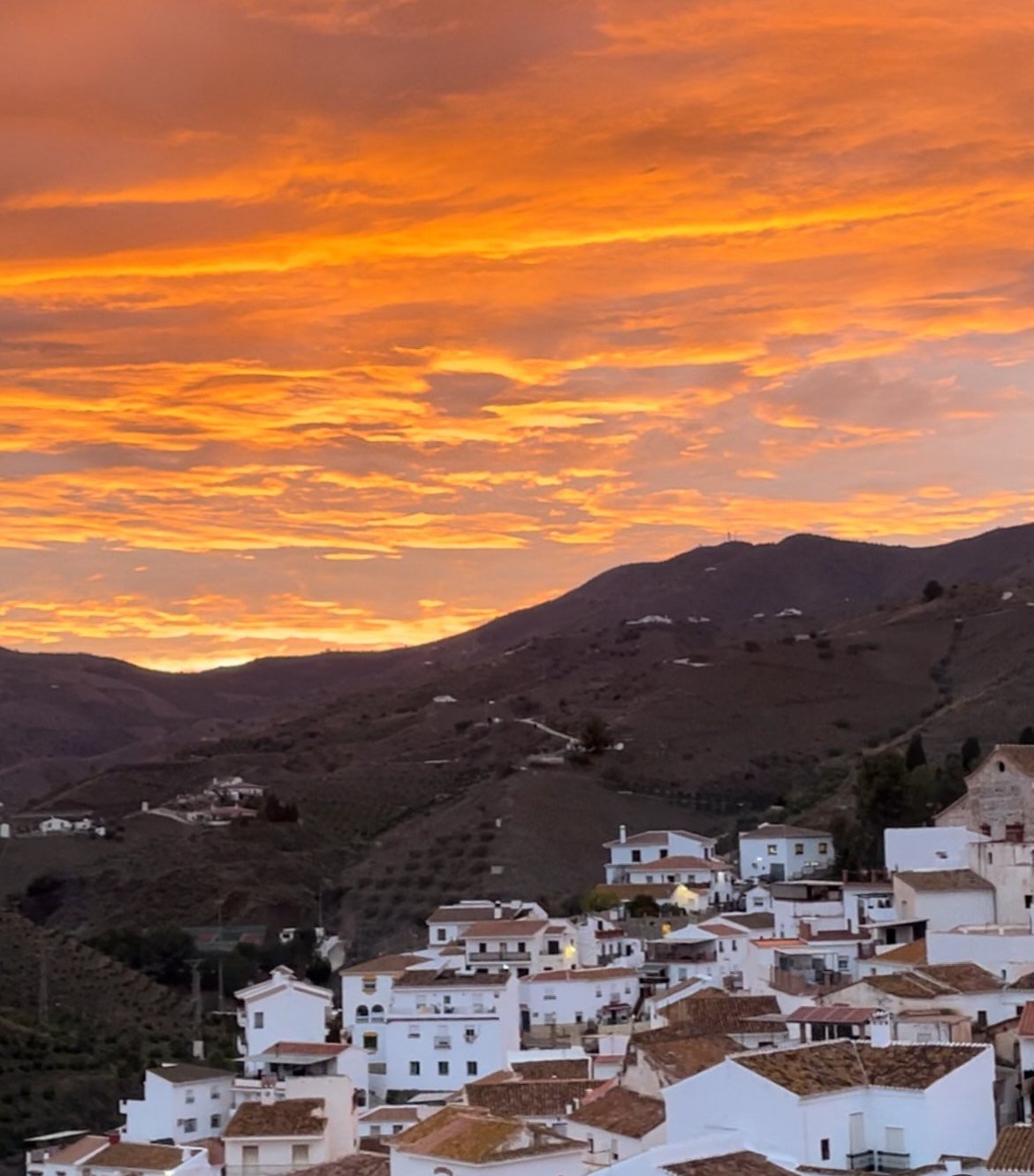TUCKED away in the sun-drenched hills of Malaga’s Axarquia region lies one of Spain’s most overlooked yet rewarding road trips: the Ruta de la Pasa, or Raisin Route.
This 62-kilometre loop winds through a string of whitewashed Moorish villages – Moclinejo, Almachar, El Borge, Cutar, Comares, and Totalan – each steeped in centuries-old wine making traditions and Andalucian charm.
Recently brought into the spotlight by a feature in The Telegraph, this overlooked stretch of southern Spain offers a travel experience that far exceeds its modest fame.
Departing from Malaga city, the route quickly trades coastal crowds for steep, winding roads lined with terraced vineyards and paseros – traditional drying beds where Muscat grapes are sun-dried into the region’s prized raisins.
The first stop, Moclinejo, offers a blend of rich history and quirky charm.

Beyond its 16th-century church and sweeping views, the village enchants visitors with the Casita del Ratoncito Perez, a miniature house dedicated to Spain’s beloved tooth fairy figure, crafted by local artist Chari Ruiz.
This small attraction, tucked into a wall on Calle Sierra, brings joy to both children and adults.
Further along, El Borge stands as the ‘raisin capital’ of Spain, producing some of the country’s finest Muscatel raisins.
The village’s whitewashed houses sit at the foot of Cerro de Cutar, and its narrow streets are filled with the sounds of daily life.
In September, the town comes alive during the Dia de la Pasa festival, celebrating the raisin harvest with music, dancing, and generous tastings of local delicacies.

Visitors can delve into the area’s storied past at the Galeria del Bandolero, a museum dedicated to the infamous 19th-century bandit Luis Muñoz Garcia, known as ‘El Bizco de El Borge.’
The museum houses over 1,300 artefacts, offering a glimpse into the region’s turbulent history.
For accommodation, the Hotel Posada del Bandolero provides a rustic retreat, with rooms named after legendary outlaws and a restaurant serving hearty local platos.
Dishes like goat ‘Bandolero’ style and sirloin with raisin sauce showcase the region’s culinary strength. .
Continuing the journey, the road ascends to Comares, dubbed the ‘balcony of Axarquia’ for its panoramic views stretching to the Mediterranean.

The village’s Moorish roots are evident in its architecture and the remains of its ancient fortress.
Throughout the route, the landscape reveals the labour-intensive process of raisin production.
Farmers can be seen tending to the paseros, a testament to traditions preserved through generations.
This dedication has earned the region recognition from the United Nations as a Globally Important Agricultural Heritage System.
The Ruta de la Pasa offers more than just a scenic drive; it invites travellers to immerse themselves in a way of life where time slows, and every stop tells a story.
As The Telegraph aptly noted, this route offers rewards for those brave enough to venture off the beaten path.
For those seeking an authentic Andalucian experience, the Raisin Route delivers in spades.








